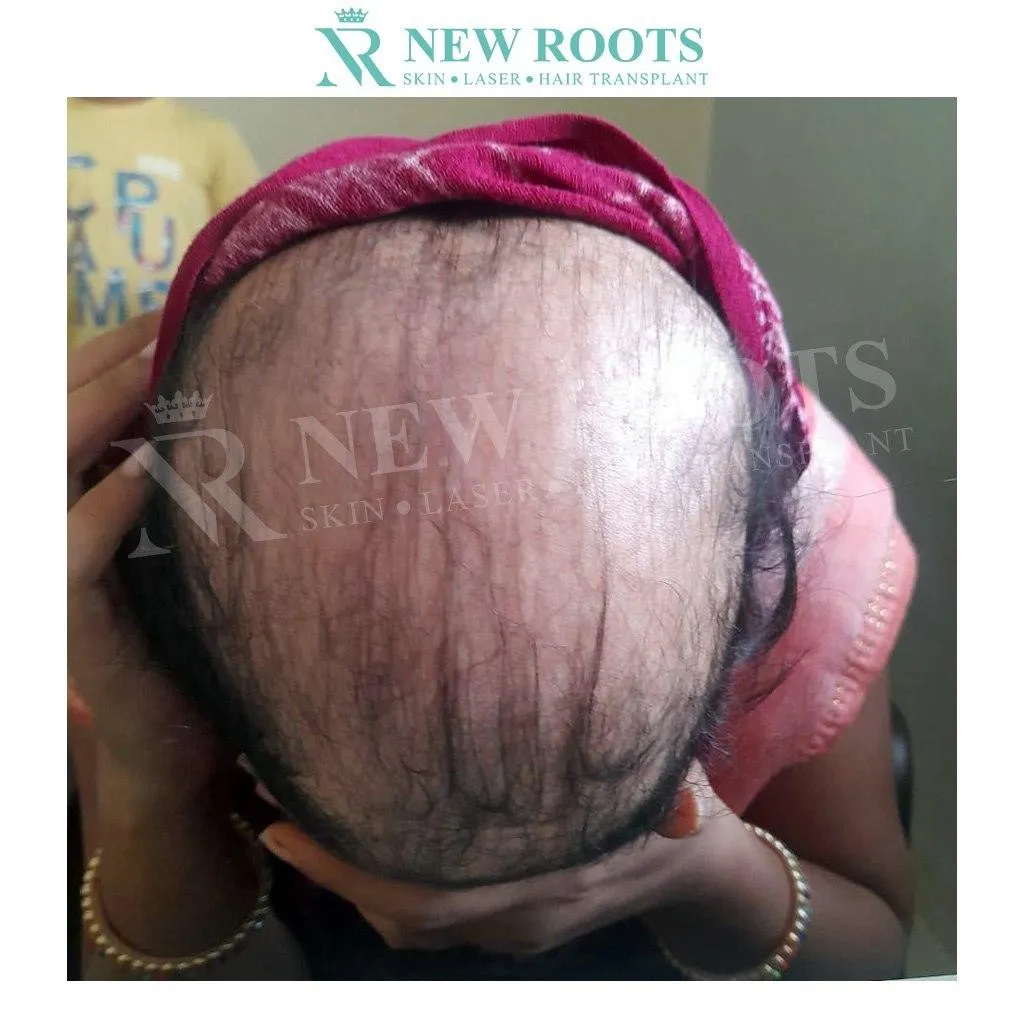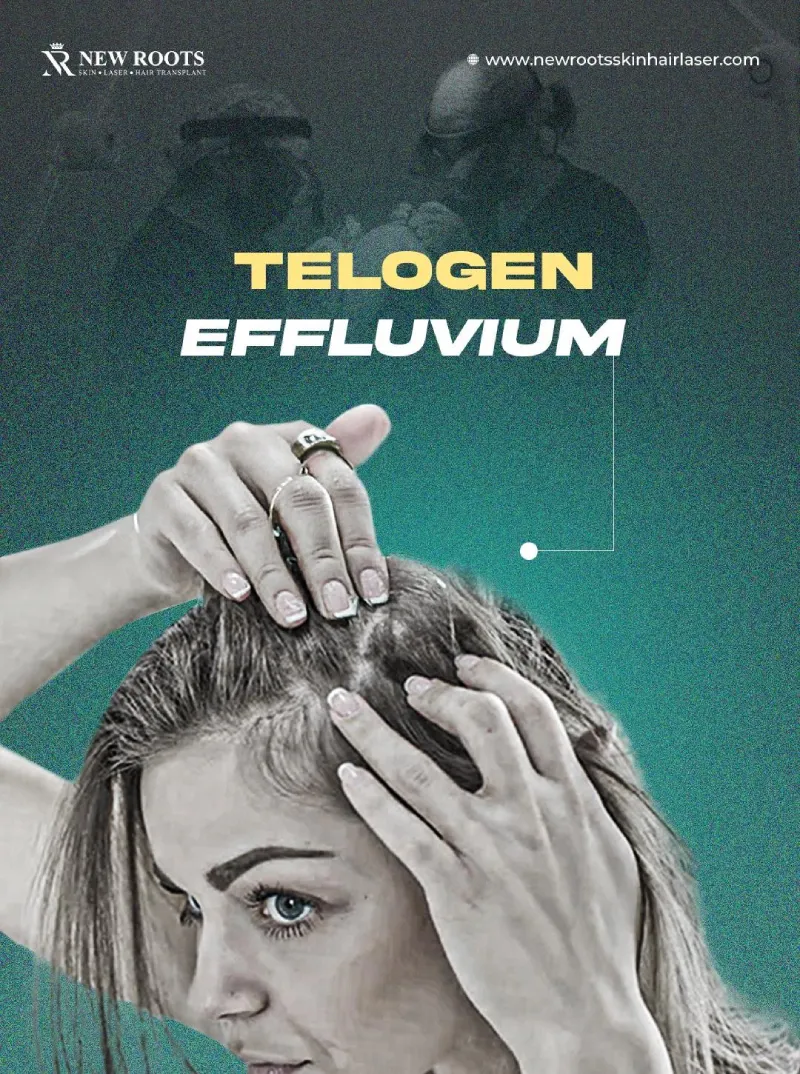Hair loss solutions play a great role when it comes to addressing cases of hair loss and coming up with the best solutions to get back that self-esteem and look natural again.
Some remedies can be considered quite permanent, but hair transplants are among the most permanent and effective means of hair restoration.
Due to the FUE technique, people can have long-lasting results that also perfectly match their natural hair since they have relocated healthy hair follicles to areas experiencing hair loss.
Here, readers will get to know different methods applied at hair transplant surgeries, why it is important to address the services of professional hair surgeons, and how the progression in technology contributes to the improved solutions for hair loss in the hair loss solutions section.
Introduction
Baldness or hair loss is a common occurrence in the world, and as such, there has been a demand for good hair loss solutions.
Out of many existing treatments, hair transplant procedures take a leading position among permanently effective ones, giving patients natural-looking hair and confidence in the treatment outcome.
In this piece, an overview of how hair transplants operate will be provided, in addition to the various methods of the procedure, together with the advantages of selecting a competent plastic surgeon.
Table of Contents
Understanding Hair Loss
Causes of Hair Loss
Hair loss has many possible causes, including genetics, hormones, disease and illness, stress, and environmental factors.
Quite often, androgenic hormones are primarily involved in androgenetic alopecia that results in loss of hair or the appearance of a bald spot.
Types of Hair Loss
The primary types of hair loss include:

Androgenetic Alopecia:
More familiarly known as male or female pattern baldness, it involves hair thinning or loss.

Alopecia Areata:
This is an autoimmune disease that leads to massive early thinning in patches.

Telogen Effluvium:
A kind of alopecia characterized by hair dropping resulting from pressure and other shocking incidents, in which hair follicles are positioned into a dormant state.
The Impact of Hair Loss
Depression and lack of confidence are some of the things that accrue from hair loss.
The general population possibly gets anxious and develops low self-esteem due to their changed look.
It is crucial to recognize the causes of hair loss to determine the proper hair loss solutions.
Exploring Hair Loss Solutions
Temporary Solutions
Though there are several measures with relatively temporary relief, like topical therapy and wigs, for instance, they cannot effectively solve the hair loss problem.
These methods can give even unnatural-looking results and involve constant expenses besides immediate ones and additional maintenance.
Long-Term Solutions
On the other hand, hair transplants are permanent, a fact that gives back both hair and confidence.
Unlike most solutions that offer temporary relief, both transplant methods involve the relocation of hair shafts from the donor site.
The Hair Transplant Procedure
What is a Hair Transplant?
Hair transplant is a method of moving hair to the maximum balding or thinning regions of the head.
Also known as the clinic method, this involves a competent transplant specialist who goes through the patient’s condition and recommends practicable measures.
The Process Explained
The procedure is generally broken down into several key steps:
Consultation: The patient then feels the basic objectives and spends time with a hair transplant surgeon.
Preparation: The donor area is best prepared, usually shaved, to enable easy harvesting of the hair.
Graft Harvesting: Technologically equipped, the surgeon harvests hair follicles, popularly known as hair grafts, from the donor site.
Transplantation: They have to be implanted in the bald regions of the scalp, which is very precise and demands technical control.
The whole procedure depends on the number of grafts necessary and could last several hours.
The Role of Transplant Specialists
The experience of a hair transplant specialist improves the outcome of hair transplantation and is therefore important.
Their work determines the balance of outcomes on the head’s hair density and its natural look.
Thus, the selection of the specialist and the outcomes of the surgery crucially depend on the choice of the experienced and tested hair restoration surgeon.
Benefits of Hair Transplants
The greatest strength of hair transplants is that they offer an eternal solution for hair recessive issues.
This is especially important for those with the diffuse kind of thinning attributed to androgenic hormones.
Permanent Solution
Hair transplanted is particularly immune to future hair loss, and as such, the outcomes of the surgery are permanent.
The hair grafts should survive since most surgeons harvest them from the DHT-resistant zones of the patient’s scalp.
Natural Appearance
Hair transplantation today offers better looks compared to earlier methods since the developments in technology have favored hair transplant surgeons.
A competent hair transplant surgeon should be able to produce an initial hairline that fully blends with the rest of the hair.
Methods Applied in Hair Restoration
FUE Method
Follicular Unit Extraction (FUE) involves the removal of individual follicles, and thus it causes little or no scarring, and the patient heals faster.
FUT Hair Transplant
Hair transplantation, FUT, involves extracting a strip of skin, which is then dissected to leave small grafts for surgical purposes.
Even though it may leave a straight-line scar, this method ensures we can have more grafts in a session; hence, it is useful in areas that need extensive work.
Combination Techniques
Cooperating with different techniques may have positive consequences for patients with different hair loss profiles.
For instance, using FUE and FUT procedures will enhance the chances of graft survival and give one the desired full look.
Factors Influencing Successful Hair Transplant Procedures
Several factors can affect the success of hair transplantation procedures:
Duties and Qualifications of a Surgeon
The experience of the surgeon is of utmost importance. A competent surgeon has an appreciation of the principles of hair follicles and ways to have high survival rates of grafts.
Quality of Hair Follicles
The viability of the hair follicles harvested also plays a huge part. The hairs are expected to give positive results on transplantation and longer hair growth; therefore, follicles should be healthy.
Advanced Tools and Technology
Transplants proposed by hair restoration have been considered glamorous, unlike before, due to the use of advanced tools and technology.
Surgeons now use numerous approaches, with robotic help, for example, to improve accuracy and avoid injury to the scalp.
Caring for the Recipient and Maintenance after the Operation
Aftercare is important for determining the outcome of the hair transplant. Compliance with the recommendations of the surgeon contributes to restoring the skin and hair.
The patient may also be required to use some specific products that are used in the nurturing of the hair and the scalp as he or she recovers.
About New Roots - Skin, Laser & Hair Transplant Clinic
The New Roots Clinic utilizes new practices and the newest technologies to provide the best hair restoration services.
It is very important to care for the patient as a whole, and this clinic hires personnel who attend to the emotional, physical, as well as aesthetic desires of the patient.
Coordinated by professional hair transplantation specialists, the clinic is devoted to providing a natural appearance with an artistic pursuit.
Their devotion to delivering excellent standards makes them deliver the results that create patient satisfaction.
Conclusion
In conclusion, hair loss solutions like hair transplants provide a potent response to people who are looking for a permanent cure for hair loss.
While selecting the right doctor and following all the recommendations, qualified surgeons, and a choice of numerous techniques, patients can follically and confidently reconstruct human hair and their self-images.
FAQs
Hair transplant outcomes are fairly long-term, as the hair follicles transplanted do not shrink away from DHT.
Again, many patients do not complain of much pain since the surgery is usually done under local anesthesia.
Each technique has its treatment duration, although most patients can get back to normal within 1-2 weeks. Such patients should typically fit the criteria for surgery if they are experiencing stable hair loss with enough donor hair available.






